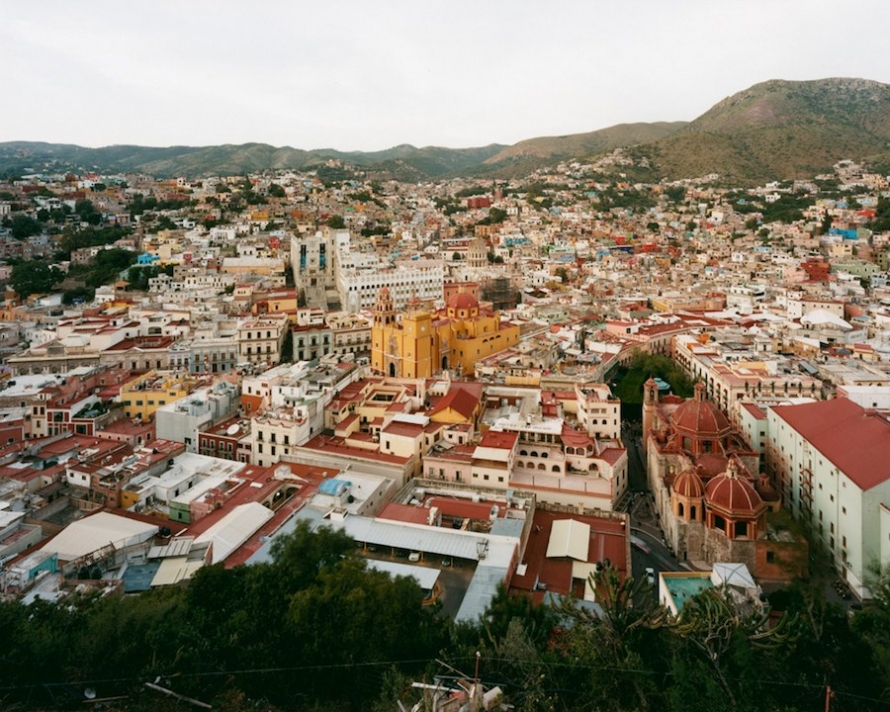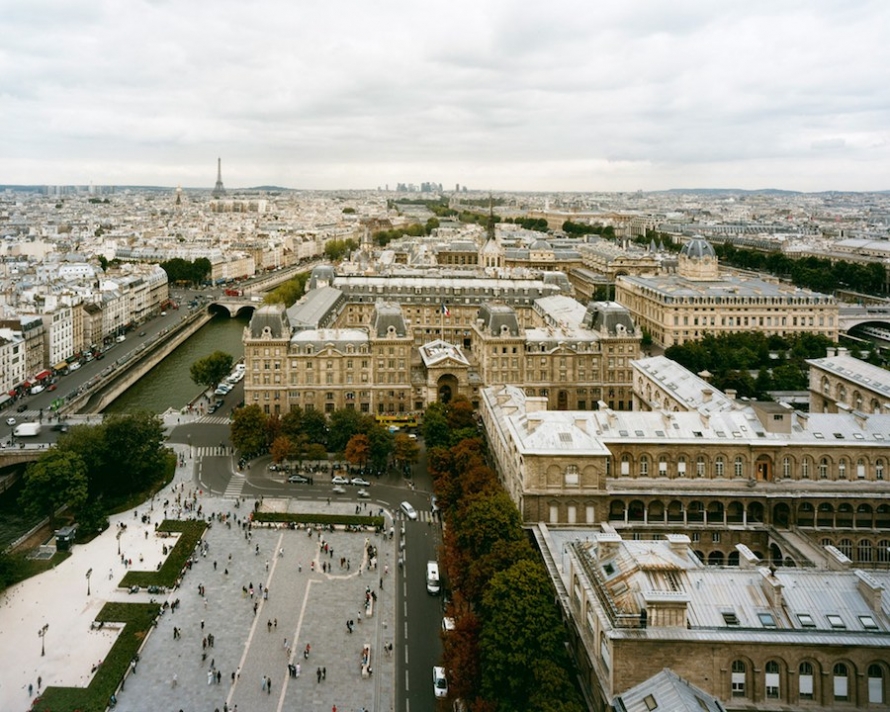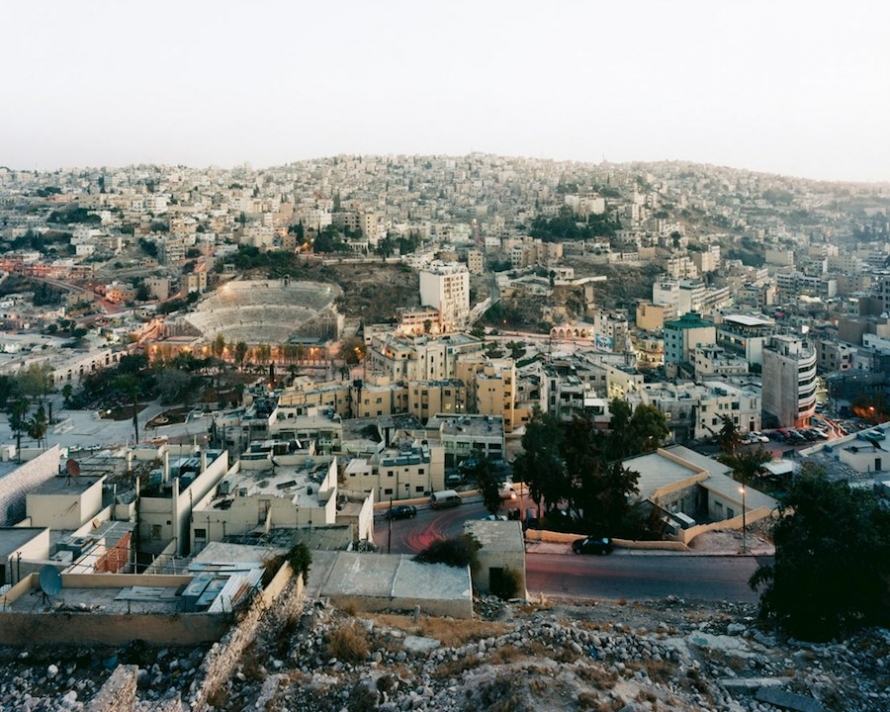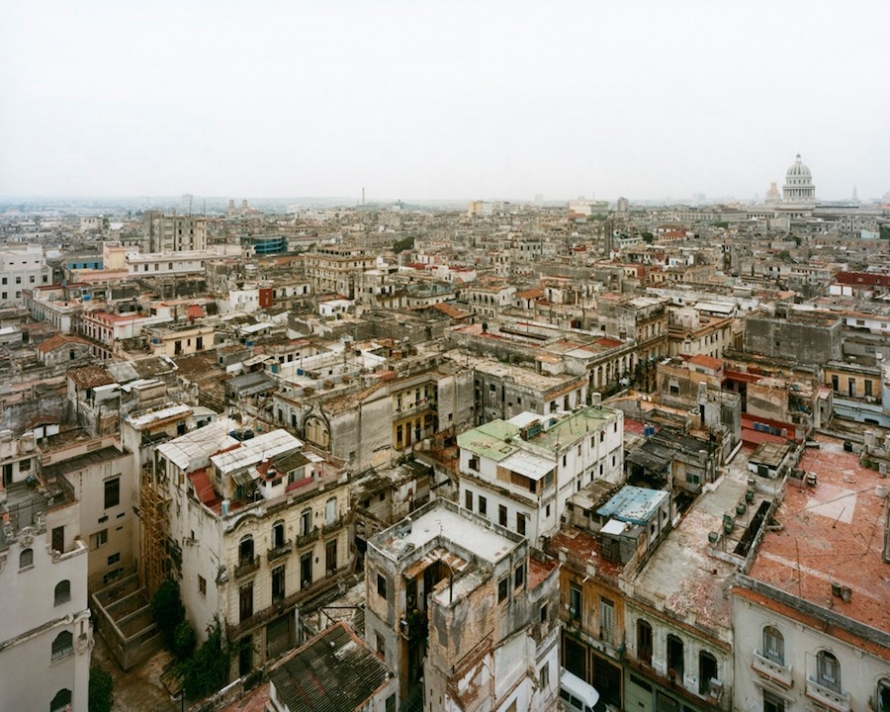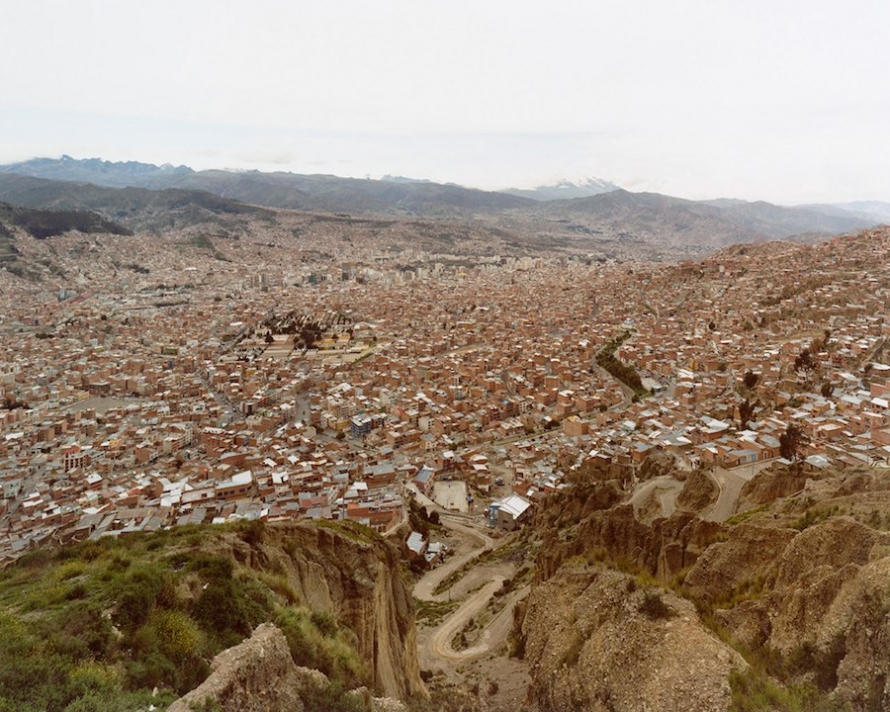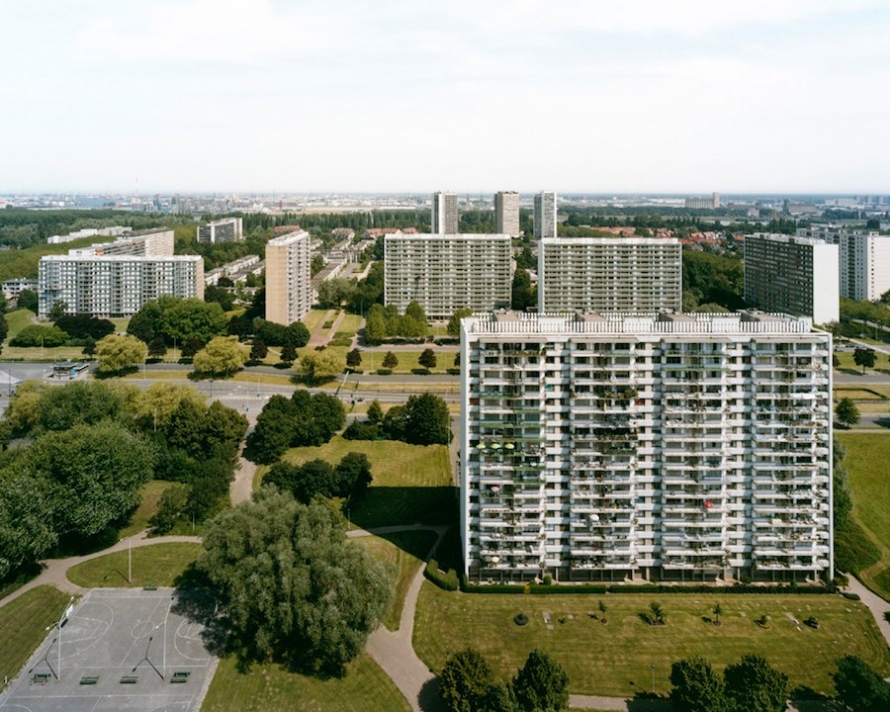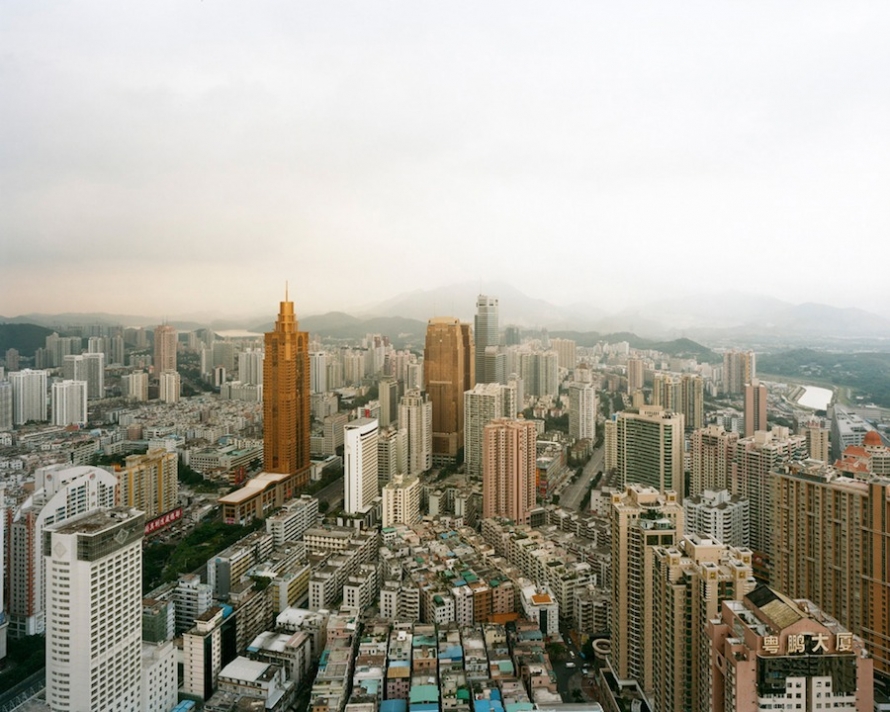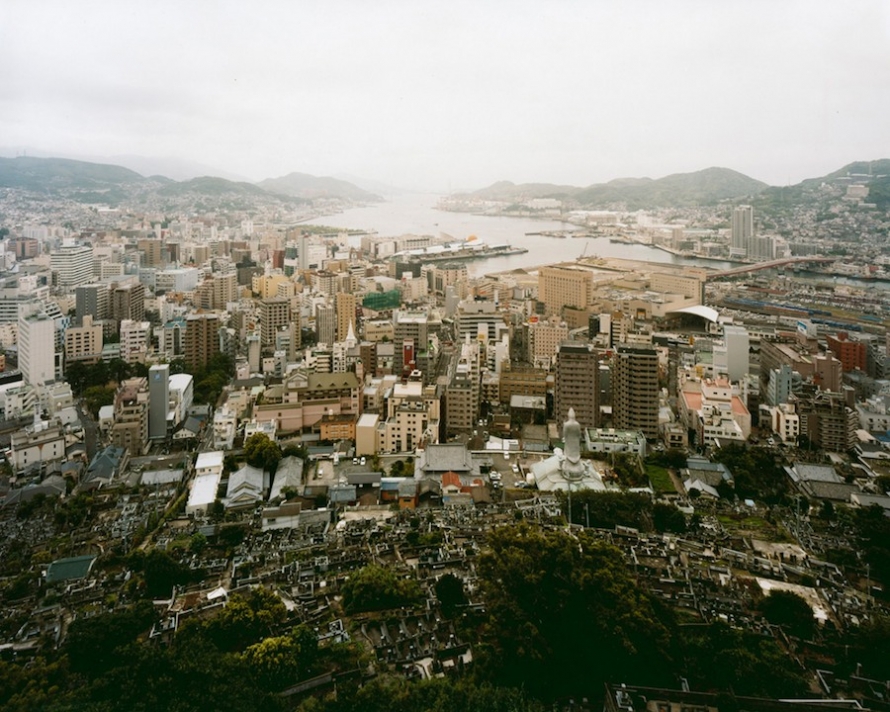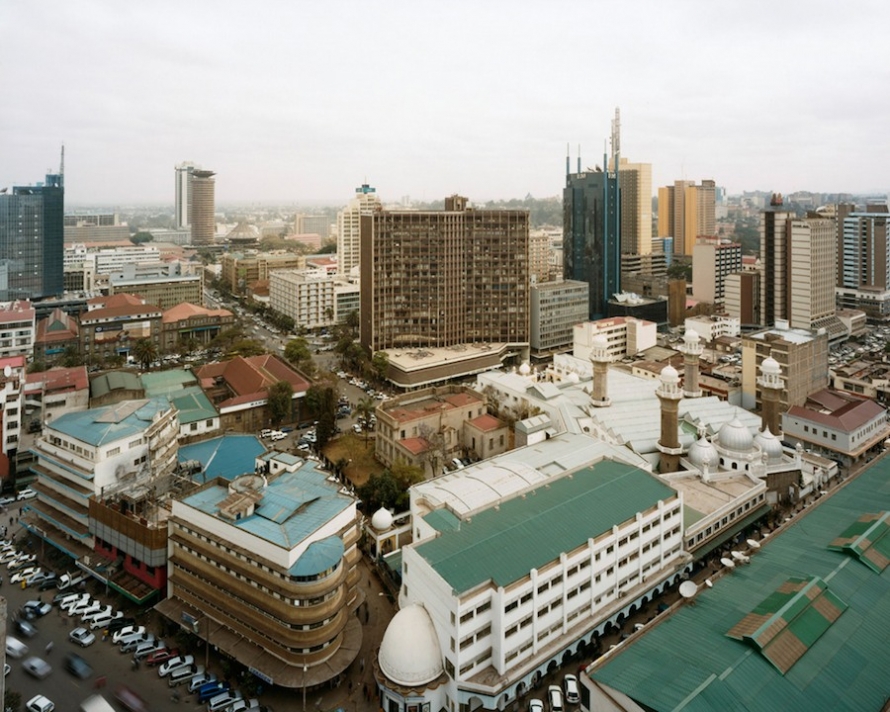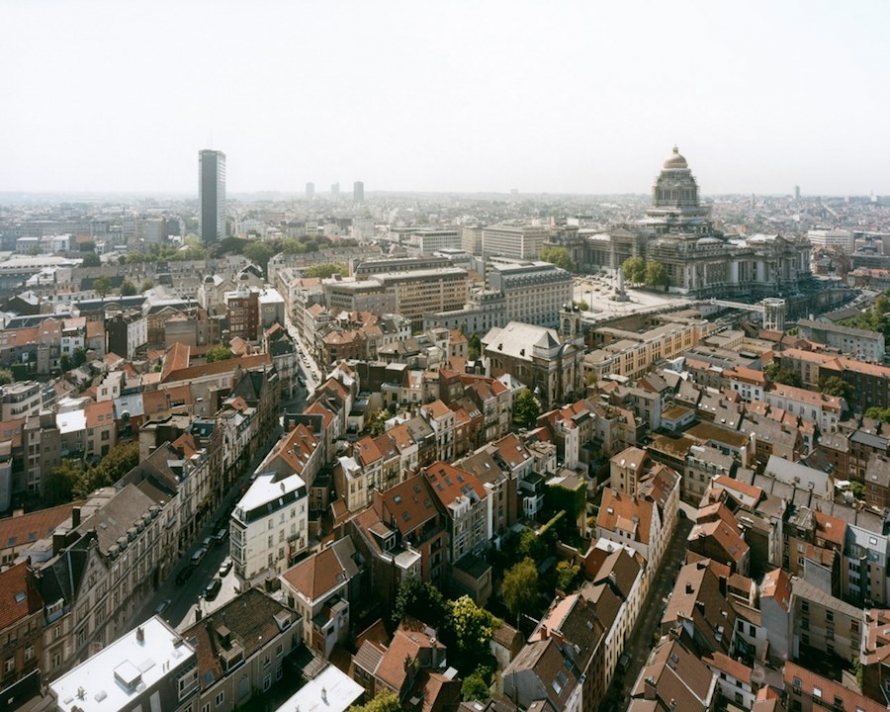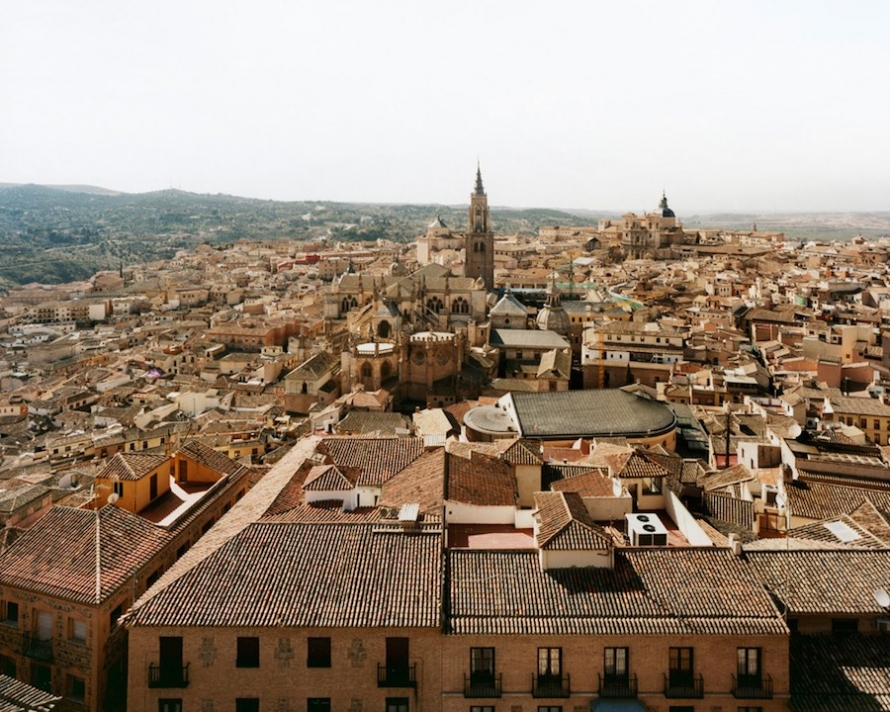In Sze Tsung Leong’s “Horizons,” the world appears flat, resting on a line. For his new series, “Cities,” opening this week at Yossi Milo Gallery, New York (Feb. 17 to April 2, 2011), Leong creates incredibly dense portraits from high vantage points that bind the world’s cities to his perspective—embracing and very open, though from a distance.
Sze Tsung Leong was born in Mexico City in 1970, spent his childhood in Mexico, Britain, and the United States, and is currently based in New York. His work is included in the permanent collections of the Museum of Modern Art in New York, the San Francisco Museum of Modern Art, the High Museum of Art in Atlanta, the Museum of Fine Arts, Houston, the Brooklyn Museum of Art, the Deutsche Börse Art Collection, and the Yale University Art Gallery, among others. In 2006, his book History Images was published by Steidl, who will also publish his next book Horizons in the fall of 2011.
All images © Sze Tsung Leong, Courtesy Yossi Milo Gallery, New York
When you travel to a new city, what first attracts your attention? Where do your impressions begin?
It’s difficult to say exactly where my impressions of different cities begin, because those sources are so various and come from the vast wealth of information that surrounds us—information written in books, depicted in photographs or paintings or drawings, discussed in past college courses, described by friends, connected in some way to personal histories, and so on. All these contribute to an initial impression—an image—which can be consistent with or completely different from the actual experience of being in a city.
When I travel to a new city I always begin by trying to understand the city in three dimensions—how its spaces are laid out, how the city’s built and natural topography unfold, where the different historical layers are and how they relate. Understanding a city in three dimensions will help me translate the complexity and extensiveness of that city’s spaces onto the two-dimensional surface of a photograph. My aim is to make the pictures feel encompassing and spatial.
How do you choose where to shoot within the city? What do you hope to find?
I look for high vantage points that will provide a tremendous and dense amount of visual information and where one can get an understanding of a city, similar to the way we can get an idea of how a city is laid out through a map, but with the added elements of space, light, form, color.
I look for views that include an interesting texture of forms, buildings, terrains, etc., that say something about the way the city’s history, society, powers have manifested in urban form. Through these views I hope to create images that function on many levels—from the visual, as far as keeping the eye roving over the entire surface of the photograph and continuing to find new things; to the intellectual, by providing information that can be read and interpreted; to the emotional, as I ultimately hope that the pictures will evoke something in the viewer.
I enjoyed looking at the pictures without reading the titles—there’s an idea of one city in all of them that attracts me, though it pushed me back at the same time. Do you yourself belong to a city? Are you a city person?
I also think it is a valuable experience to view these pictures without knowing the exact locations—there is something about being presented with a wealth of visual information, without knowing where it is located, that produces a unique and engaged visual experience. It tests what we know, but more importantly makes us aware of the associations we consciously and subconsciously make with other parts of the world.
In photographing cities in a wide range of countries, I try to show both what connects and differentiates the environments we live in around the globe. Often what we may think of as incredibly different may not be so; or there may be significant differences in what we think of as universal.
I have lived in New York City for more than 11 years with my wife, who is from New York, so if I’m asked where I’m from or where I belong to, New York is the most straightforward answer. My formative years, though, were spent in Mexico City, London, and Los Angeles, and I have strong associations with each of those cities—all very different, all very important to me. I guess you could say I’m a “cities person.”
What are you working on next?
Because the two series I have been working on for almost the past decade, “Horizons” and “Cities,” are about picturing the world, and because the world is a very big place, there are still many places to keep me busy. My next immediate project is to finish a book on “Horizons” that will be published by Steidl. My next longer-term endeavor is what all artists periodically go through: to experiment in order to figure out what the next thing will be.
